Bug Tracking: Why It’s a Must & What Tools to Use
Let’s assume that a programmer writes 40 lines of code an hour (which is a little optimistic). That would mean 960 lines a day and that in turn translates to 28,800 lines a month. Or consider that an average iPhone app has approximately 50,000 lines of code. Even a single page of a WordPress theme has about 5,000 lines. If one estimates 50 bugs per 1000 lines of code, safe to say, it’s a hectic space to be in. And the bottom line is that the user does not care if there’s one bug or one thousand bugs.
No developer OR user wants a faulty product. While some code errors can lead to mammoth losses, such as NASA’s Mariner 1, on the smaller scale bugs can lead to significant consumer frustration and loss of productivity for the developer. Having a systematic bug tracking process can save developers and clients alike. Following is a list of bug tracking tools that can save software from a chaotic fate.
JIRA
Perhaps the most popular tool used for bug and issue tracking, JIRA developed by Atlassian, is used by many Fortune 500 companies. It’s users range from NASA and Twitter to Rockwell Collins and Citrix. JIRA is used by companies big and small because of its wide range in servicing all needs related to bug tracking and project management.
- Comes out of the box with tools for scrum, kanban, and even mixed methodologies.
- Custom workflows to suit the individual requirements of each team.
- Issues can be arranged in dashboards.
- agile reports can be generated to see how teams are performing over sprints.
- Plugins can be attached to add more functionality; wide range of plugins.
- Extensive integration available with other tools. Eg. Zendesk integration to shore up external customer support.
- In cases where a plugin cannot be found, there are partners available.
- Pricing - Plans on cloud ranging from $10/month for 10 users to $1,500/month for 2000 users; Plans on server ranging from $10 for 10 users to $36,000 for 10,000+ users; Data center plans starting at $12,000/year.
However, one downside to JIRA is that it can be overwhelming and complicated for small teams or enterprises. It can also be expensive for tasks where such extensive setup and customization is not needed.
zipBoard
zipBoard is a visual bug tracking and collaboration tool. zipBoard is ideal for web designers and developers who are looking for a lightweight tool to get started. Users can enter the URL for a website or upload SCORM compatible files to the system, and then review them.
- Next to no setup time.
- Bugs can be tracked visually by reproducing them live rather than having to explain to stakeholders in emails or meetings.
- Users can add unlimited collaborators on any project.
- Captures screens as review boards where users can annotate on live projects or add comments.
- Collaborators can assign tasks and track pending activities with other members.
- Integration with JIRA and Slack.
- Automatic email notifications.
- Watchers can be added to bugs and priorities can be set for each.
- Activity manager allows tracking all issues from one screen; search through issues based on IDs, tags, priorities or assigned members.
- Collect customer feedback for UI and user experience.
- Pricing - Apart from a 30-day free trial, one project with ten review boards is free forever; Paid plans start from $29/month (5 projects), going up to custom enterprise plans.
Mantis
Created via various open source contributions, Mantis is licensed under the GNU General Public License. For installation, a configured web server, an RDBMS supported by Mantis (such as MySQL, Oracle, PostgreSQL), and a PHP programming language interpreter are needed.
Sneak peek into My View: MantisBT
- Besides bug tracking, can also be configured as an issue tracking system or a project management tool.
- Provides access control, email notifications, and customization for issue fields and workflow.
- Issue notifications can be filtered based on severity.
- Can be configured to provide notifications via RSS feed or Twitter when an issue is resolved.
- Supports audit trails, road mapping, and graphing of relationships between issues.
- Number of plugins such as for customer management, email reporting, and Gantt chart.
- Pricing - Open source; MantisHub offers a 14-day trial with paid plans starting from $13.75/month, going up to $45.83/month
Additionally, MantisTouch provides an interface for mobile devices.
For users who do not want to spend time with setting up all the resources MantisHub offers MantisBT as a service. To understand more on MantisHub, read this blog post.
BugHerd
BugHerd is an on-site bug annotation and feedback gathering tool. It can be used as a widget in the browser extension.
- Allows users to capture screenshots to track issues.
- Tags can be added to the reports.
- Files can also be attached.
- Reports the OS and browser from which the bug has can capture, along with the option to view issues in different window resolutions.
- Option for a live comment feed that operates in real time.
- Integrates with most prominent applications such as JIRA, GitHub, Zendesk, and for those who prefer open source, Redmine also.
- Arranges issues reported into cards on lists that can then be tracked and re-arranged.
- Pricing - Past the 14-day trial period, plans range from $29/month, for up to 5 users (Standard plan), to $180/month, for up to 50 users (Deluxe plan); For larger teams, get in touch with the sales team.
Its list of users includes companies like DELL, Vodafone, and AT&T.
Trac
Trac is an open source bug tracking system that can also function as a project management tool. It is written in Python. Some prominent users of Trac include WordPress, Django, and the Internet Research Task Force.
- Integrates with most version control systems such as Git or Subversion.
- Primarily is a project management tool that can be used as a bug tracker by using the ticket tracking system.
- All tickets are grouped into milestones.
- Milestones are arranged into a timeline.
- The timeline also shows all past and present project events in chronological order.
Usersnap
Another visual bug tracking tool, Usersnap like BugHerd, injects functionality via a widget used from the browser extension. It shares many common features with BugHerd concerning reporting of bugs and issues via visual feedback.
- Works as a widget.
- Differentiating factor from BugHerd is that the user does not need to specify what websites come under the domain of the project.
- Widget is accessible universally across every site in the browser.
- A wide range of integration possible; includes the usual suspects such as JIRA, Slack, and Trello, but besides these Usersnap also provides integration with content management systems - such as WordPress, Drupal, Magento, etc.
- Massive integration across the board makes Usersnap well suited for gathering feedback through numerous channels in web development.
- Pricing - 15-day trial period; Paid plans starting from $69/month (10 users, three projects) to $329/month (15+ users, 10+ projects); For larger enterprise plans, custom quotes available.
Their customers include enterprises such as Netflix, Facebook, Google, and Microsoft.
Bugzilla
One of the oldest bug trackers around, Bugzilla is supported by the Mozilla Foundation. It is an open source tool, and its range of customers include Apache, Red Hat, and the World Wide Web Consortium; it’s main highlight being that Bugzilla is designed to be lightweight in implementation. The installation is through command line must pass through system requirement checks such as a compatible database, web server, SMTP server, etc.
- Lightweight.
- Heavy HTML code generation and interactions with the database are minimized.
- To test an installation of Bugzilla, users can go to Landfill, a Bugzilla test server.
- Voting system to determine the importance of bugs.
- Submission walkthrough for users so that it is easier for developers to identify bugs.
- Supports resolution dependencies - wherein, correcting one bug means fixing a preceding bug; in such cases, dependencies can be determined to ascertain what is blocking resolution in a bug dependency view.
- Access to customers and developers can be controlled while the rate at which bugs are being reported, tracked, and fixed can also be identified via reports.
- Pricing - Licensed as Open Source project; community supported; Paid support available via consultants.
However, one downside is the line by line review which can be inefficient.
Sifter
The Sifter is a bug tracking tool engaged in the SaaS space. It aims to include the non-technical teams in the work of issue and bug tracking.
- Allows bugs to be tracked across the board, and not solely by developers.
- Teams require minimal training to start tracking bugs with Sifter.
- Simplicity is suited to clients that do not want to bear extra overhead for bug tracking and prioritize rapid scaling.
- Integrates with the team’s email and provides a clear workflow.
- Team members can add attachments when reporting a bug or track it, set priorities, and also assign people to track specific bugs.
- Integrates with other services such as Beanstalk, GitHub, and Zapier.
- Pricing - Plans range from $29/month (10 active projects, 10GB storage) to $149/month (150 active projects, 150GB storage.
Typically, Sifter is used by small and medium enterprises such as digital agencies or web development teams. A few notable customers of Sifter include Electric Pulp and Vzaar.
FogBugz
FogBuz is developed and maintained by Fog Creek Software. Its list of users includes Deloitte, Vox Media, and Adobe. It was initially written in ASP & VBScript and later used a Thistle compiler to translate ASP to PHP. However, it now uses Wasabi’s Roslyn generator with C# as the target language.
- Apart from bug tracking, FogBugz also offers features for discussion forums, customer relationship management, wikis, and evidence - based scheduling.
- Offers customization in workflows, case types and task statuses.
- Custom permissions to maintain client privacy.
- Full audit log available.
- FogBugz API can be used to integrate FogBugz with other applications.
- Pricing - $20/month (5 users) to $1,200/month (500 users); For larger teams custom plans are available; FogBugz also offers add-ons for Issue Desk, Agile, Wiki, and Dev Hub.
Unlike JIRA, where additional functionality can be added via plugins, FogBugz has a more holistic set of functions that make it a more rounded project management tool. For example, customer feedback is already integrated into the functionality without using a plugin.
Redmine
Redmine is another open source bug tracking tool. It's significantly influenced by Trac, the biggest difference being that Redmine is written in Ruby using the Ruby on Rails framework.
- Issue tracking system.
- Wikis and forums for individual projects.
- Gantt chart & calendar.
- Role-based access control.
- Email integration.
- Users can be authenticated via Lightweight Directory Access Protocol (LDAP).
- Like JIRA, additional functionality can be added using plugins.
- For its ability to scale and because of its open source nature, Redmine has emerged as a popular alternative to JIRA.
- Free and open source; licensed under GNU General Public License v2.
Redmine is typically aimed at large enterprises looking to use open source issue tracking systems such as colleges and universities. Besides them, it has also been adopted by Ruby as a bug tracking system and a project management tool.
There is also the ability to create subprojects. However, a task cannot be added to more than one member.
Conclusion
Each of these tools is widely used for issue tracking and bug tracking. The need for them can be judged from the fact that Google’s code repository is close to 2 billion lines of code now. Such a mammoth reservoir may not be every companies problem but any bug, big or small, can dent productivity. Increasingly the trend is moving towards visual tracking of bugs. It simplifies the process for developers and makes tracking more efficient too.
Get more to your email
Subscribe to our newsletter and access exclusive content and offers available only to MonsterPost subscribers.


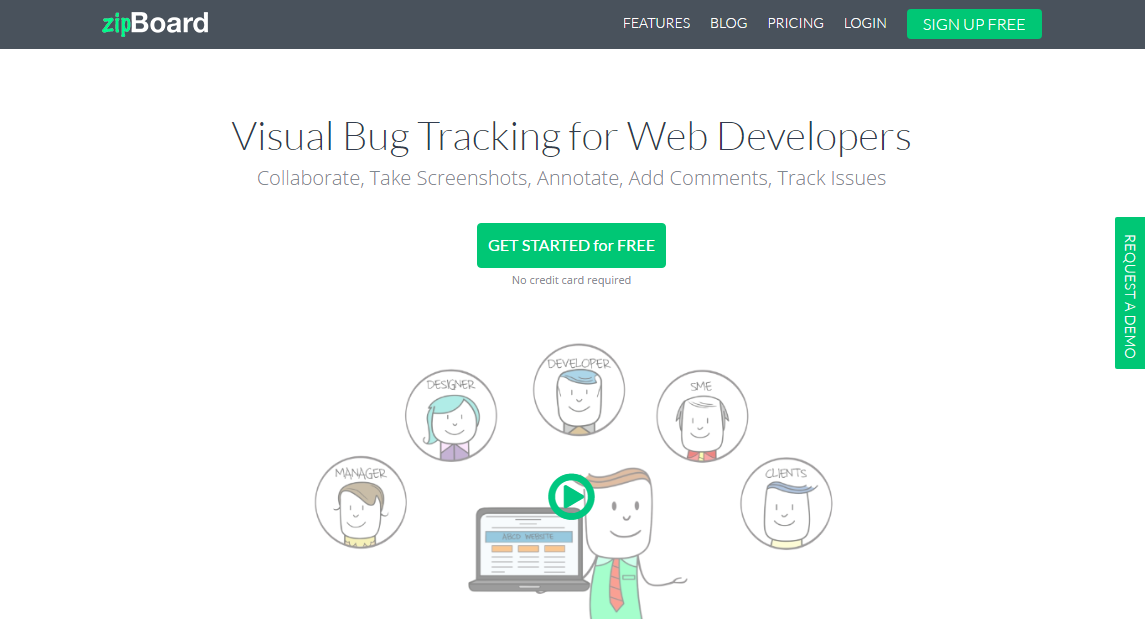
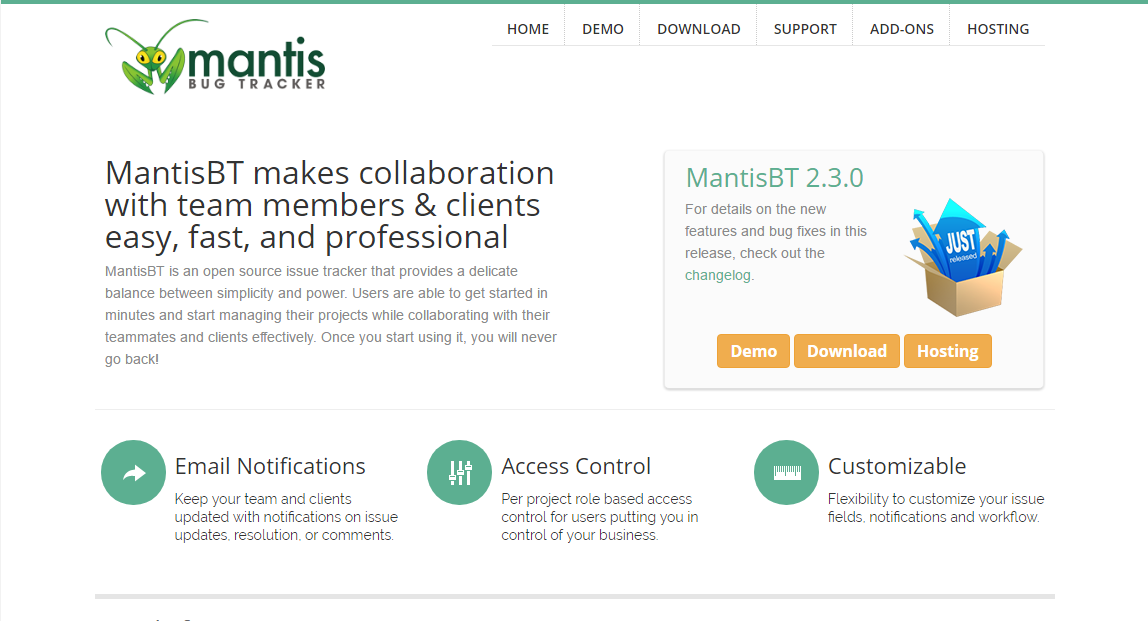
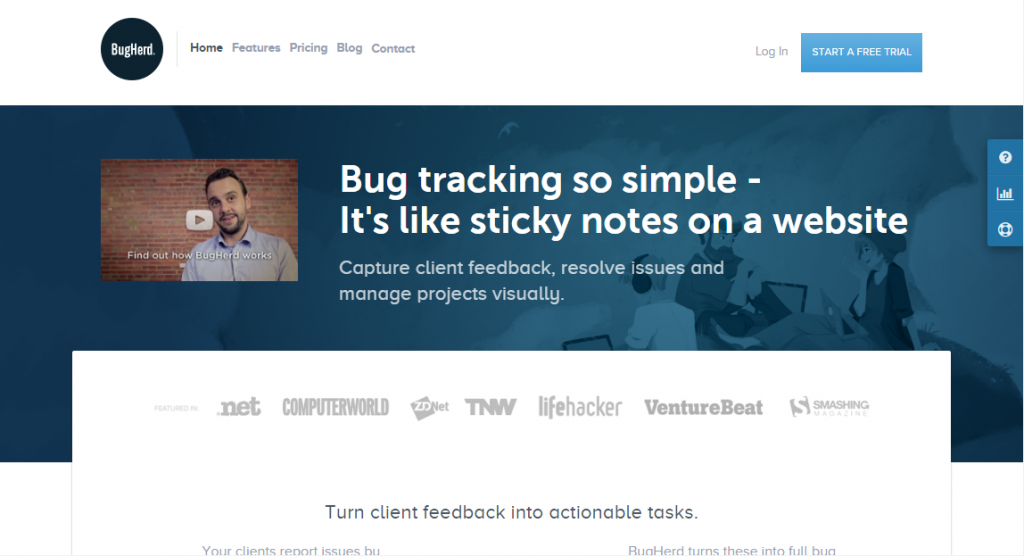
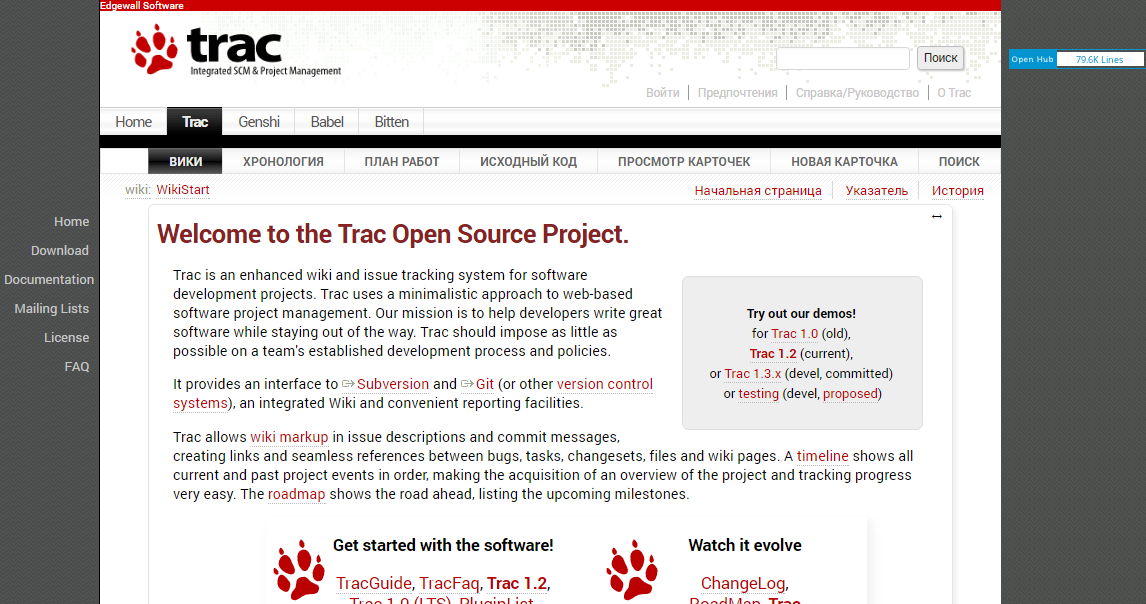

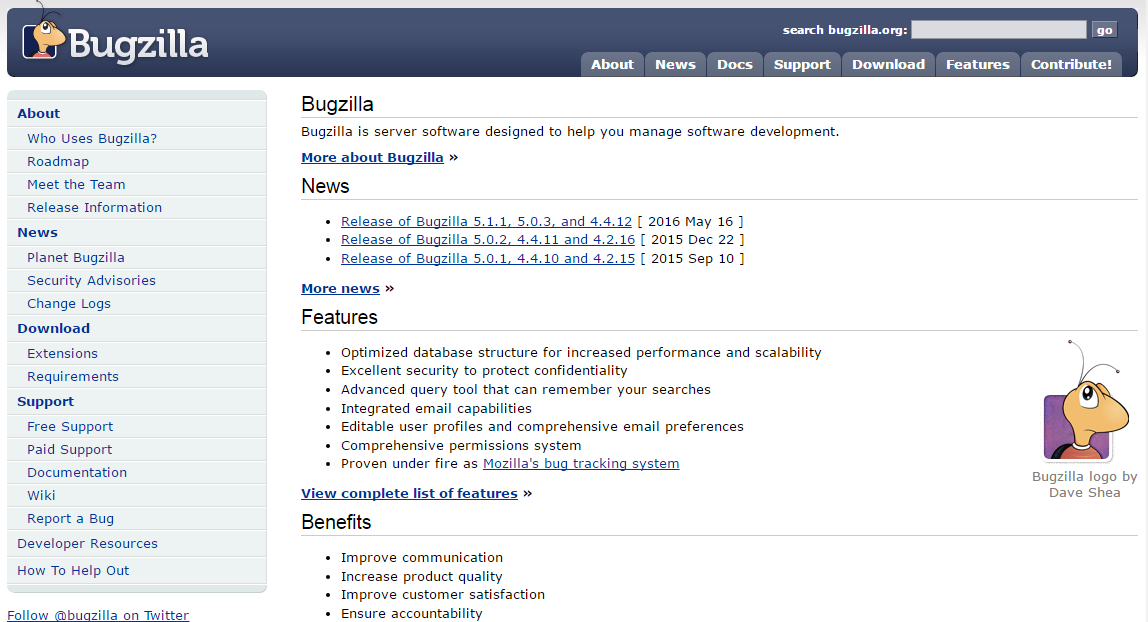

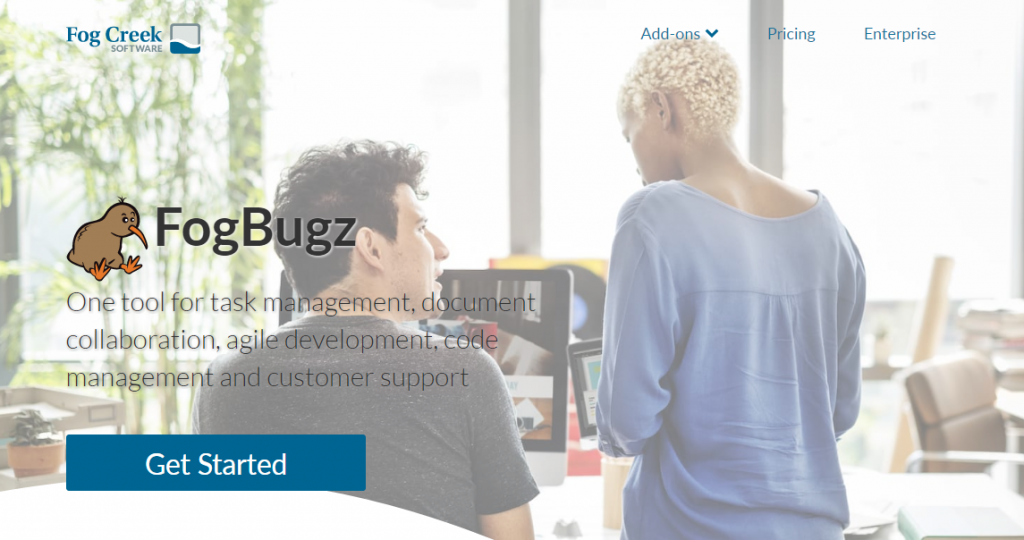
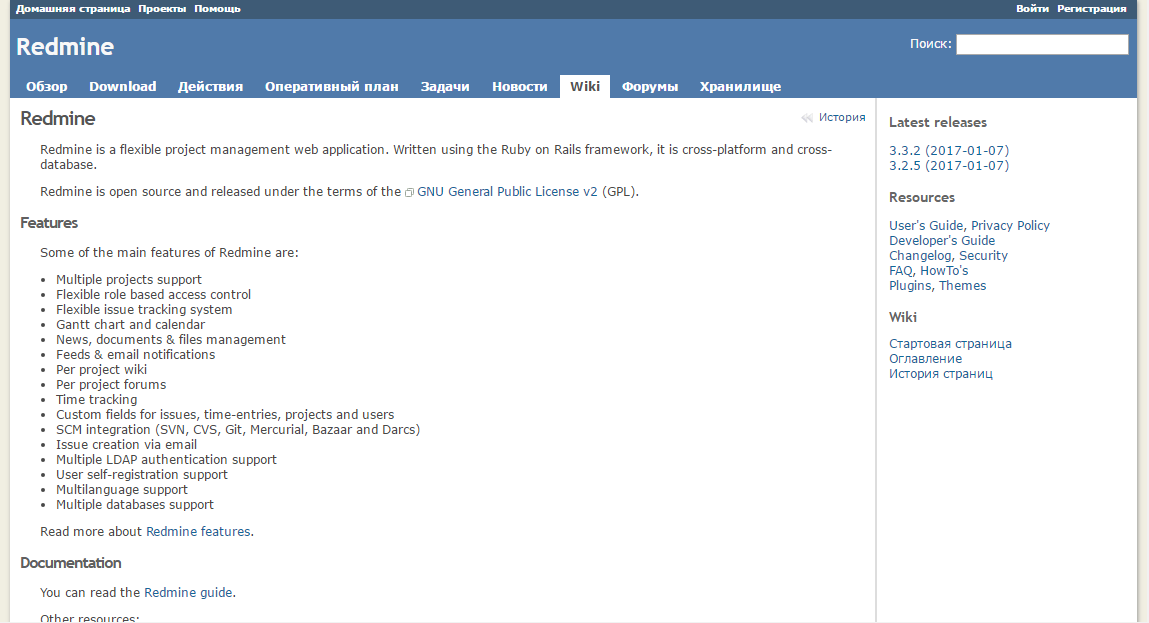
Leave a Reply
You must be logged in to post a comment.